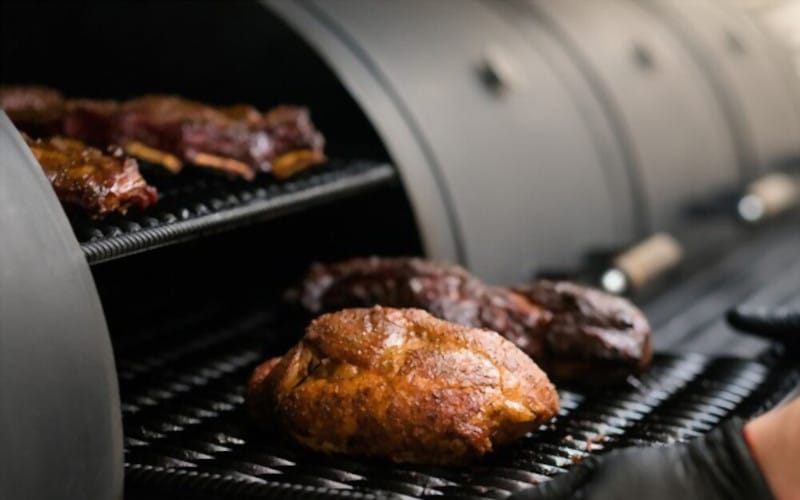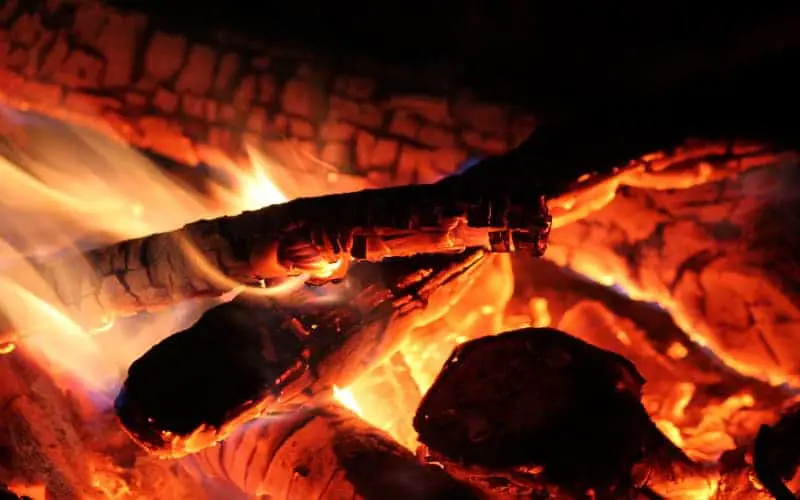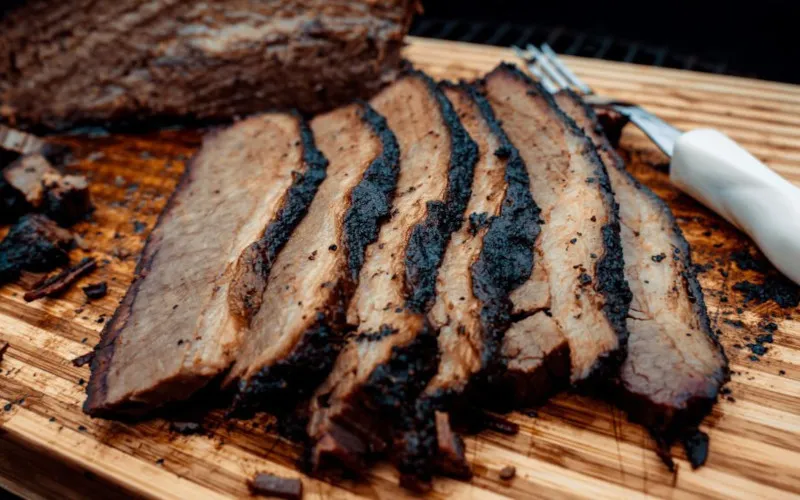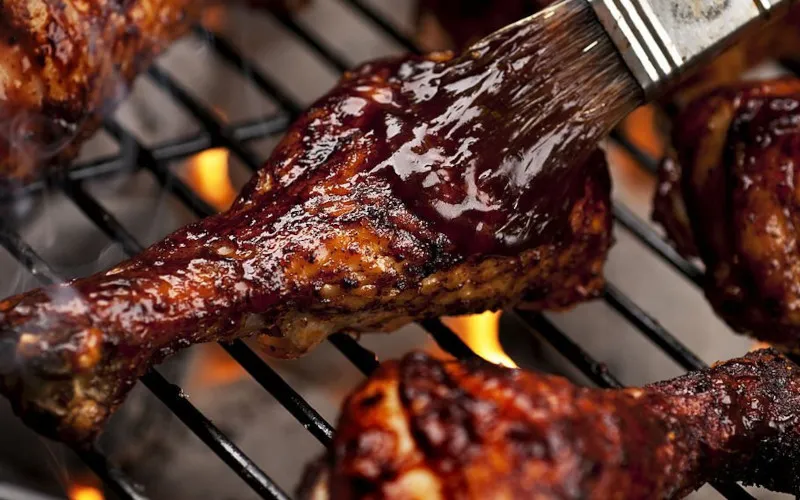If you have ever been to a Brazilian steakhouse before, you probably know that one of the most well-regarded meat cuts is the Picanha Steak. Because it retains a lot of fat, it isn’t quite as popular in the United States but many Brazilian chefs have experience cooking it.
In this article, I will get into the story behind Picanha. I will also let you know how to cook it and the best practices you can follow to ensure you get a tasty cut.
What is Picanha?
In the United States, you likely have heard this referred to by one of its other names:
- Rump cover
- Rump cap
- Culotte
- Top sirloin cap
Picanha is the cut of meat from the fat cap on the rump combined with the biceps femoris muscle. If you have requested the rump, round, or loin, these are part of the entire chunk of meat known as the Picanha.
Why is it Called Picanha?
The term is said to come from the word “Picana,” a pole used by ranchers in Portugal and Spain to her cattle. Roughly translated, it comes out to something that means “to poke.” In this case, the poking area refers to the area of branding.
Another story tells us that those in south Brazil call their branding irons “Picanha,” which is more likely.
Where to Buy Picanha?
Most American butchers do not keep Picanha on hand. Some of those butchers will have no idea what you are talking about. But your goal is to find a butcher shop that specializes in the full animal breakdown.
A full animal breakdown shop handles many different cuts of meat. In many cases, they also handle the least popular options, as their customers may look for specialty items.
Local butchers who aren’t aware of the term Picanha may be more familiar with sirloin cap, top sirloin, or fat cap.
You know you have the right cut when you have a thick cap of fat next to the tender meat.
Butchers that put less emphasis on quality may cut too deep, getting chunks of meat called the “silverside.” To ensure you don’t get any tough chunks, it is recommended that your picanha weighs less than three pounds.
How Do You Cook Picanha Steak?
The classic method to cook Picanha comes from placing skewers into curled pieces of Picanha meat. Check out these quick instructions below to find out how you need to cook it using direct heat.
- Picanha is typically cooked at high temperatures ranging from 400 to 500 degrees Fahrenheit on a charcoal grill. Be sure that you cook it to a safe internal temperature, 145 degrees Fahrenheit with beef, measured using a meat thermometer.
- If using a grill, you will want to turn the picanha every five or so minutes. This ensures that your Brazilian beef cuts stay evenly cooked on both sides of your steak.
- Picanha will initially come as an entirely combined steak fillet. The major difference comes from you having a fat side and a meat side.
- After you season the fillet however you wish, you need to cut it into three even pieces.
- After you cut the meat, curl them up into three individual circles.
- Place these circles of meat right next to each other and place a metal skewer through all three of them.
If you are more of a visual learner, this video below will help you through the process:
Do Not Use Table Salt
Because you are dealing with a small surface area of the meat, it is important not to oversalt it. In this case, you should stick with more coarse salt, which is a lot easier to control. Some people like to use flake salt for the same reason.
Do You Need To Curl The Fillet Into Balls
Technically, you do not need to curl this steak fillet into a ball to enjoy it. However, you take away that “Brazilian Steakhouse” feeling if you decide to keep the steaklike appearance.
Do You Need to Keep the Fat Side on
Technically, you don’t have to do anything you do not want to. Many people don’t like the idea of putting a glob of fat inside of them. But keep in mind that the “fat” part of your fat cap takes up a good chunk of the steak, which is part of what makes picanha unique.
In the next section, I will be digging into some recipes you can use to cook your first picanha.
Grilled Picanha Steak Recipe
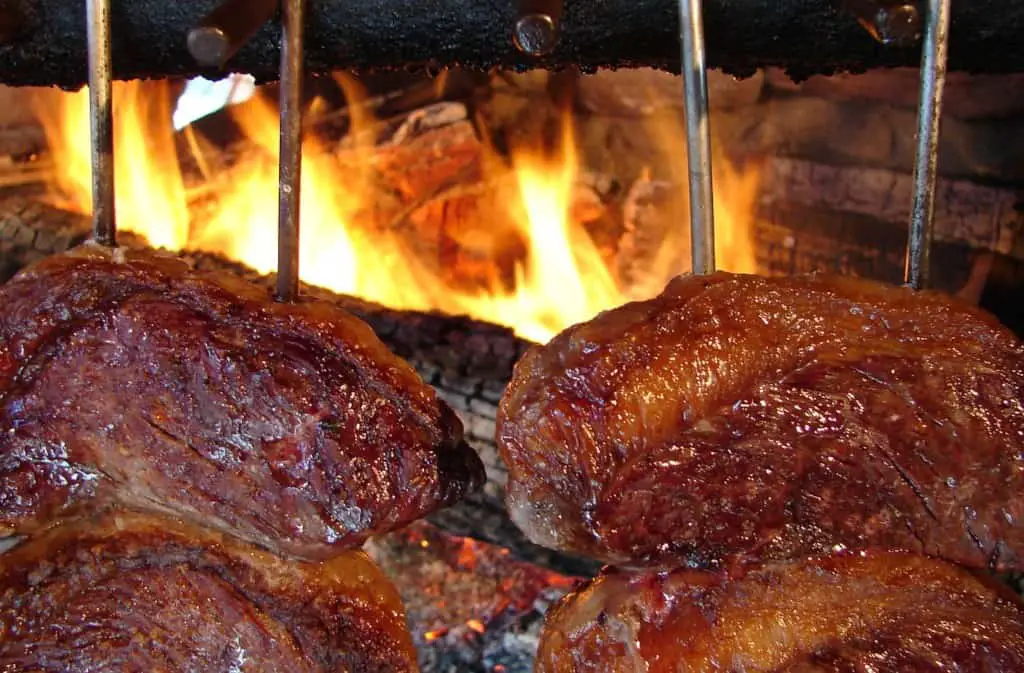
This grilled Picanha steak recipe includes instructions on how to score your meat, which means you will need to access a high-quality kitchen knife. Also, make sure you have the following grilling equipment before beginning this delicious journey:
- Kitchen knife
- Heat-resistant gloves
- A grill apron
- A meat thermometer
- A heat-resistant pan
- Four meat skewers
- An empty stomach
Ingredients
- 3 teaspoon of paprika
- 4 teaspoons of garlic powder
- 4 teaspoons of onion powder
- 2 teaspoon of black pepper
- 1/2 teaspoon of coarse salt
- 1 teaspoon of brown sugar
- 4 total picanha steaks under three pounds each
How to Score Your Meat Instructions
- Score your meat with the fat side up. You can score meat by providing little 1/2 inch cuts into the fat. Try to do so in a crosshatch pattern that is reminiscent of a pie. Only cut into the fat.
- Mix the seasonings listed above together into a mason jar. Just in case you have some extra, you can use this seasoning mix listed above for any steak.
- Cover the top of your hatched stack, so the seasoning gets into the cut segments.
- Cut the seak into three evenly distributed pieces.
- Curl these pieces into a circular “C-like” shape. Once you have them fully curled, jam a skewer through the three of them.
- Do this for all four steaks. Also, take this opportunity to add some seasoning to the side of the steaks.
- Preheat your grill to 400 degrees Fahrenheit.
- Coat the grill’s surface in olive oil, ensuring that none of your seasoned meat gets stuck to the grill.
- The overall cooking time is typically about 25 minutes, but you will want to turn the meat every five minutes to ensure it is cooked evenly.
- Once the internal temperature of these skewers is 145 degrees Fahrenheit, they are safe to eat.
- After pulling out, let your meat rest for 20 minutes.
What is the Purpose of Scoring Meat
Because picanha has a thick layer of fat, scoring the meat provides an additional way to reduce the amount of fat naturally. This is a common method used in other styles of meat, such as flank steak.
Keep in mind that this will not remove the fat entirely but allow it to release faster.
How to Cut a Recipe in Half
This recipe contains an amount of seasoning for four individual steaks. If you have a smaller family, you can feasibly cut the recipe in half, or to a single steak if you wish. You can also choose to make the same amount of seasoning and save it for later.
If you want to figure out how to cut this recipe in half, cut the ingredients such as the teaspoons in half. The cooking time won’t be cut in half. It will be slightly less than what is listed in the recipe.
In the next section, we will provide a recipe for picanha for those who do not like fat layers. We will also get into smoking instructions.
Smoked Picanha Steak Recipe
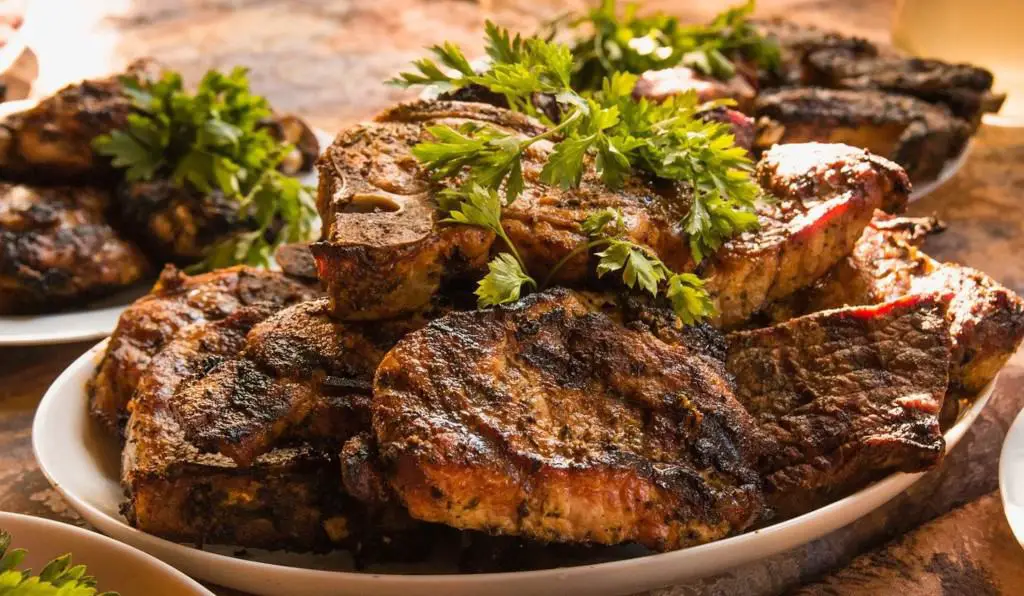
This smoked picanha steak recipe includes instructions for trimming the meat without the layer of fat, which follows similar ideas already presented in many brisket recipes.
Also, any smoker can be used in this recipe; be sure you meet the right temperature.
Ingredients
First, I will get into the seasoning mix:
- 1 tablespoon of oregano
- 3 teaspoons of thyme
- 2 teaspoons of rosemary
- 1 tablespoon of onion powder
- 3 teaspoons of garlic powder
- 2 teaspoons of coarse salt flakes
You will also need this:
- 4 picanha (at about 2.5 pounds each)
- Paper towels
- Aluminum foil or butcher paper
- A good knife (for trimming)
- Hickory or oak wood chips
Cooking Instructions
- Trim your meat, similar to how you would trim a brisket. Ensure you remove the fat cap from it, making it as square as possible. Leave no fat behind.
- Preheat your smoker to 250 degrees Fahrenheit.
- Combine your seasoning mix as listed above. Any excess you make can be stored in a mason jar.
- Pat down your steak until the entirety of the surface is dry.
- Cover your steak with the seasoning mix like you would be applying a dry rub. Make sure to get as much of the surface as possible.
- Wrap the meat in aluminum foil and place it inside of the smoker.
- Make sure you include a water tray until the last half an hour, as you want your meat to be fairly moist.
- After about 2 hours, check to see if your meat’s internal temperature is 145 degrees Fahrenheit, the safe temperature at which to eat this meal.
- If you want a rare inside, you can feasibly pull it out at 135 or 140 degrees Fahrenheit.
- When pulling it out, be sure to let your meat rest for 20 minutes.
What if the Meat’s Surface isn’t Crispy Enough?
If you prefer your meat to be a bit more seared, you can adjust the recipe later to reduce the amount of water in your tray. In this case, you can also choose to sear it after using a cast iron pan with plenty of butter.
Others can transfer it over to a charcoal grill sitting at 400 degrees Fahrenheit or an oven at the same temperature.
Is there any Point to Scoring the Meat Here?
No, scoring your meat is limited to situations where you have a high amount of fat. If you followed the instructions at the beginning of this recipe, there should be no fat layer.
If you choose to keep the fat next time, you can score the meat.
Do You Need the Skewers for this Recipe?
This recipe does not cook Picanha in that classic “Brazillian steakhouse” design. However, if you like the idea of adding skewers to your meat, you can do that. Just be sure you don’t use wood skewers.
Also, be sure you have a heat-resistant glove between you and the metal skewer.
Picanha FAQs
Do You Eat the Fat on Picanha?
Yes, most Brazilians choose to keep the fat on and eat it for extra flavor. However, you aren’t required to eat it if you don’t like it, which is why I included a recipe that involves removing the fat.
What Makes Picanha Delicious?
As you cook this style of steak, you will find that the fat renders as it heats. The result causes the meat to retain moisture, creating a better overall flavor for this dish’s meat portion.
What Does Picanha Taste Like?
The most comparable flavor to Picanha is sirloin steaks. Much like sirloin, Picanha is incredibly tender, which shows if you find someone skilled at cooking at it. Granted, not many chefs have experience in cooking this, as it is a unique dish.
Which is Better for Picanha, Direct or Indirect Heat?
The short answer: both. Indirect heat provides a good opportunity for meats to become tender on the inside. The whole “low and slow” mentality allows meats to retain moisture with greater ease. The same can be said about letting your meat rest for 20 minutes.
Direct heat provides you with a good opportunity to sear the outer edge. So when you see these chefs with blackened outsides and tender insides, it combines the best of both worlds.
Conclusion
Picanha is a rare delicacy that you typically don’t find outside of a Brazillian steakhouse. But when you come to realize that this is an easy-to-gather part of the cow, you might wonder why local butchers don’t provide this steak more often.
Whether you decide to smoke it or use a charcoal grill, the idea is to make sure you have a tender inside with a crisp outside. As a result, your first time cooking may result in you burning the meat.
The best advice I can provide to you on Picanha is to follow the recipes above as close as possible. Those will provide you with a good base from which to build off making your own Picanha recipes.
